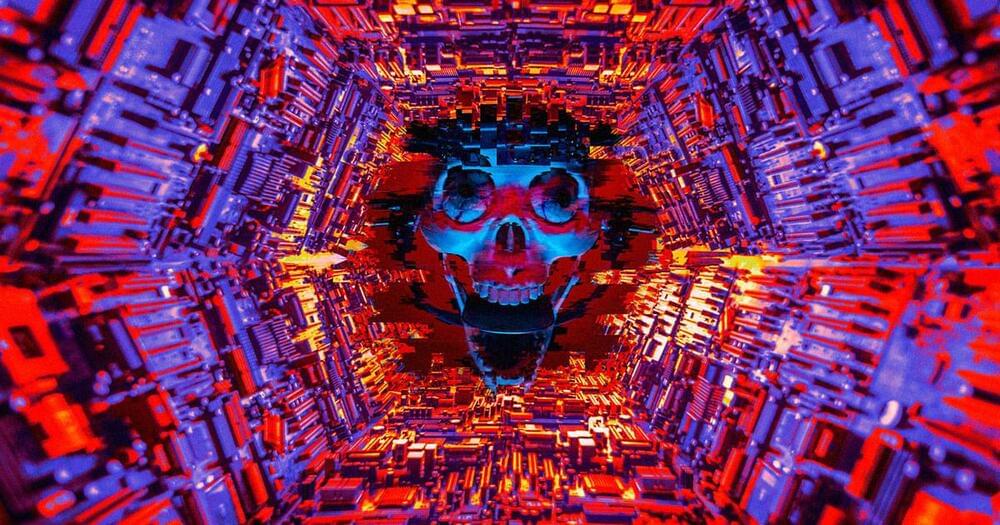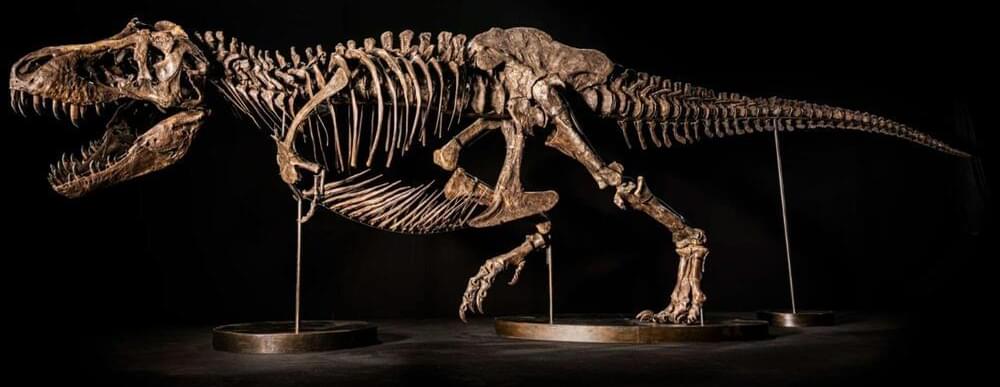From an AI that makes videos from text prompts to a robot running track, check out this week’s awesome tech stories from around the web.
Get the latest international news and world events from around the world.

North Korea fires a ballistic missile over Japan
SEOUL, South Korea — North Korea on Tuesday fired an intermediate-range ballistic missile over Japan, its neighbors said, escalating tests of weapons designed to strike key targets in regional U.S. allies.
It is the most significant missile test by North Korea since January, when it fired the Hwasong-12 intermediate-range missile capable of reaching the U.S. territory of Guam. It is also the first time that a North Korean missile has flown over Japan since 2017.
The Japanese prime minister’s office said at least one missile fired from North Korea flew over Japan and was believed to have landed in the Pacific Ocean.

Google and Oxford Scientists Publish Paper Claiming AI Will “Likely” Annihilate Humankind
Researchers at Google Deepmind and the University of Oxford have concluded that it’s now “likely” that superintelligent AI will spell the end of humanity — a grim scenario that more and more researchers are starting to predict.
In a recent paper published in the journal AI Magazine, the team — comprised of DeepMind senior scientist Marcus Hutter and Oxford researchers Michael Cohen and Michael Osborne — argues that machines will eventually become incentivized to break the rules their creators set to compete for limited resources or energy.
“Under the conditions we have identified, our conclusion is much stronger than that of any previous publication — an existential catastrophe is not just possible, but likely,” Cohen, Oxford University engineering student and co-author of the paper, tweeted earlier this month.
Wow! Webb Telescope finds a failed star with clouds made of sand
Clouds are made of silicate minerals.
The clouds of the distant brown dwarf contain silicate material, making it a quite unusual atmospheric composition.

Japanese scientists produce bright and photostable green fluorescent protein from jellyfish
Scientists have discovered a fluorescent protein that flouts trade-off relationships.
Scientific research institute RIKEN produced bright and photostable green fluorescent protein from Japanese jellyfish. Published in Nature Biotechnology.
Proteins that emit green light when illuminated are effective instruments for capturing images of intricate cell architecture. Such fluorescent proteins can be attached to target structures of interest, which light up when exposed to blue light.
Kuroshio Biological Research Foundation.
Published in Nature Biotechnology on August 17, the results show that the protein maintaining its brightness even when irradiated by high light has significant implications for fluorescence imaging of biological material.
Astronomers may have found some of the very earliest stars thanks to James Webb
Peering incredibly far back into time, astronomers found a group of much older stars than they expected.
Astronomers made a new discovery in the very first full-color image released from the James Webb Space Telescope.
The first full-color James Webb image, revealed by President Joe Biden on July 11, shows a vast network of galaxies and peers billions of years into the past. Within that network, astronomers believe they have identified the most distant globular clusters ever identified, as per a BBC report.
Source: NASA, ESA, CSA, and stsci
The discovery is indicative not only of the new insight James Webb is yet to reveal but also of the treasure trove of information stored in every image it has already released.

The first Tyrannosaurus Rex skeleton will be auctioned in Hong Kong in November
The skeleton of the actual T. rex is expected to be sold for as much as $25 million.
The actual T. rex for sale! The skeleton of the “king of the tyrant lizards,” Tyrannosaurus Rex, will go to auction on November 30 at Christie’s in Hong Kong. The fossils of the dinosaur are expected to be sold for as much as $25 million according to Christie’s.
Named Shen for now, the new owner of the 3,000-pound (1,400 kilograms) skeleton will get exclusive naming rights and be able to change it after purchase. Shen is 40 feet (12.2 meters) long, 15 feet (4.6 m) tall, and 6.8 feet (2.1 m) wide.
According to Christie’s, this will be the first time a T. rex skeleton has ever been sold at an auction in Asia.
Christies.
The skeleton of the “king of the tyrant lizards,” Tyrannosaurus Rex, will go to auction on November 30 at Christie’s in Hong Kong. The fossils of the dinosaur are expected to be sold for as much as $25 million according to Christie’s.


Does the Chinese Room Thought Experiment disprove true AI and mind uploading?
What about the Chinese Room thought experiment by Searle, doesn’t that disprove true AI and mind uploading?
The Chinese Room Argument is a thought experiment designed by philosopher John Searle and published in his article, Can Computers Think? This experiment is in opposition to strong-artificial intelligence (AI), specifically to claims that computers may someday be able to have cognitive states. Searle argues that cognitive states must have semantic content, yet programs are purely syntactic, and that computers are constrained by structures that disallow them from creating their own meaning.
To make this argument, Searle imagines a “Chinese Room” in which a person receives a string of Chinese characters, and using a computer, returns the appropriate response in Chinese. The person has no understanding of the Chinese language yet using syntactic and instructions, the person is able to mimic an understanding of Chinese. Searle demonstrates that an ability to follow formal instructions and produce appropriate responses does not equate to an understanding, due to the lack of semantic content. Similarly, a computer that substitutes for said person, would not understand Chinese.